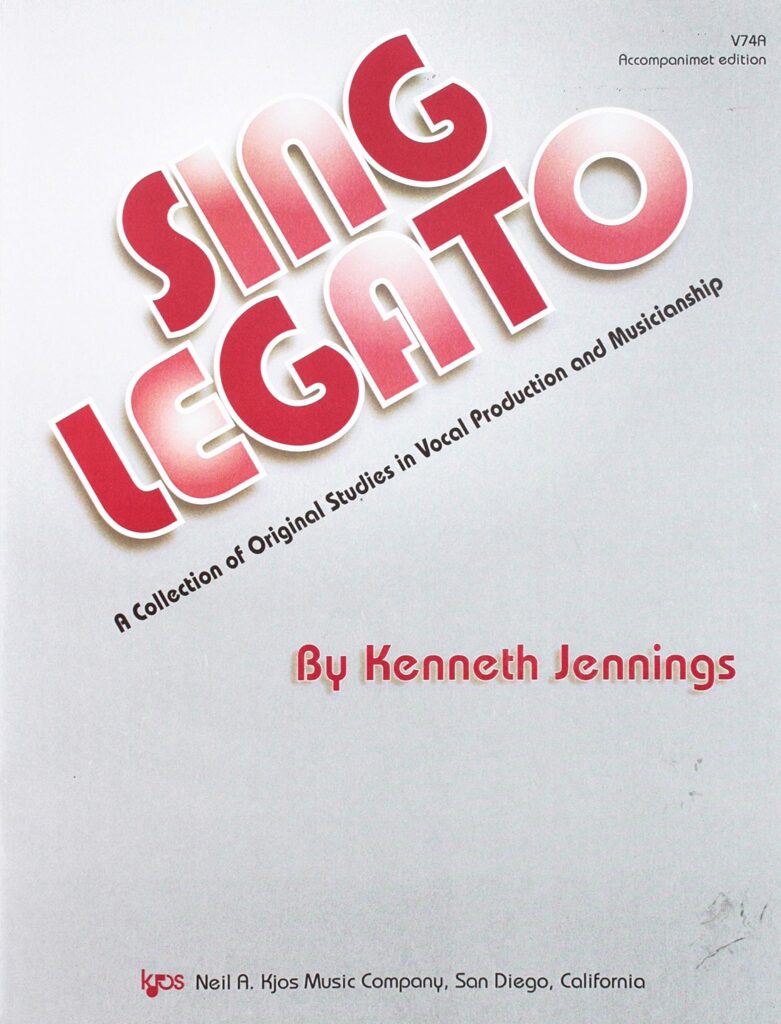Sigh the Tone – Vocal Exercise
VOCAL EXERCISE vs. WARM UP
Wait. They aren’t the same thing? NOPE. Not at all. They may sound like the same thing to someone who is listening to you practice, but I assure you they are VERY different.
A vocal warm up is used to stretch your body and your instrument before you speak or sing. I use a light warm up every morning. I have another warm up routine that I use before I begin teaching, and yet another routine for rehearsal and performance. I may add or omit certain warm ups based on what I am preparing for, but the purpose is the same…getting ready to use my voice.
A vocal exercise might be used during a warm up, but the exercise is meant to work on a specific vocal technique. That means that after you warm up to rehearse, you will then want to engage in certain exercises that will help you to better perform your repertoire (a fancy word for song set). Sorry…I have a young child. We love Fancy Nancy in this house so I use that quote quite a bit.
Today’s exercise comes from one of my favorite resources for singers and teachers. The book is called Sing Legato, A collection of Original Studies in Vocal Production and Musicianship by Keneth Jennings. Every one of these exercises is SOLID GOLD! There is an accompaniment edition that includes transposition accompaniment, and there is a student edition that allows students to follow along on the melody lines. You can purchase a copy at https://www.jwpepper.com/Sing-Legato/4900601.item#/submit
The exercise that I will be walking you through today is called Sigh the Tone. I frequently use it when preparing my private students or ensembles for passages of music with large jumps in the melody. I find that singers who are anxious about high notes tend to hold back their air, thinking that they can control the pitch better if they just squeeze and “dot” the note, (for lack of a better term) when really what they need to do is release that air to carry that tone.
If you are a singer that tends to hold air back, I might ask you to sing these passages and expel a lot of breath. I call it breath vomiting because it feels like the breath is just whooshing out. Of course, this isn’t how I will want you to sing it eventually, but if i need the flood gates to open completely to get you to feel what free flowing air feels like, I will do anything.
Once you release your air, you need to be ready to sound a little like Julia Child. If you you don’t know who that is I have attached a gem of a video here so you can get a good demonstration. She is known for that voice (and her cooking I guess…hahaha) with an exaggerated lift of the soft palate. Now, do I want my singers sounding like Julia Child? No, but if they can bake like her I LOVE sweets…hint hint. What I do want is for them to imitate her so they can get a feeling of the space in the back of their throats and mouth needed to soar from high to low or low to high notes.
Will your notes immediately sound lovely and free? No. Will you have to make some odd sounds before you find the right kind of control? Yes. THIS is the biggest problem that I see in many students. So many of them are afraid to make an ugly sound or a mistake out loud that they would rather not even try. In the words of the brilliant (and a little crazy) Albert Einstein, “A person who never made a mistake, never tried anything new.”




